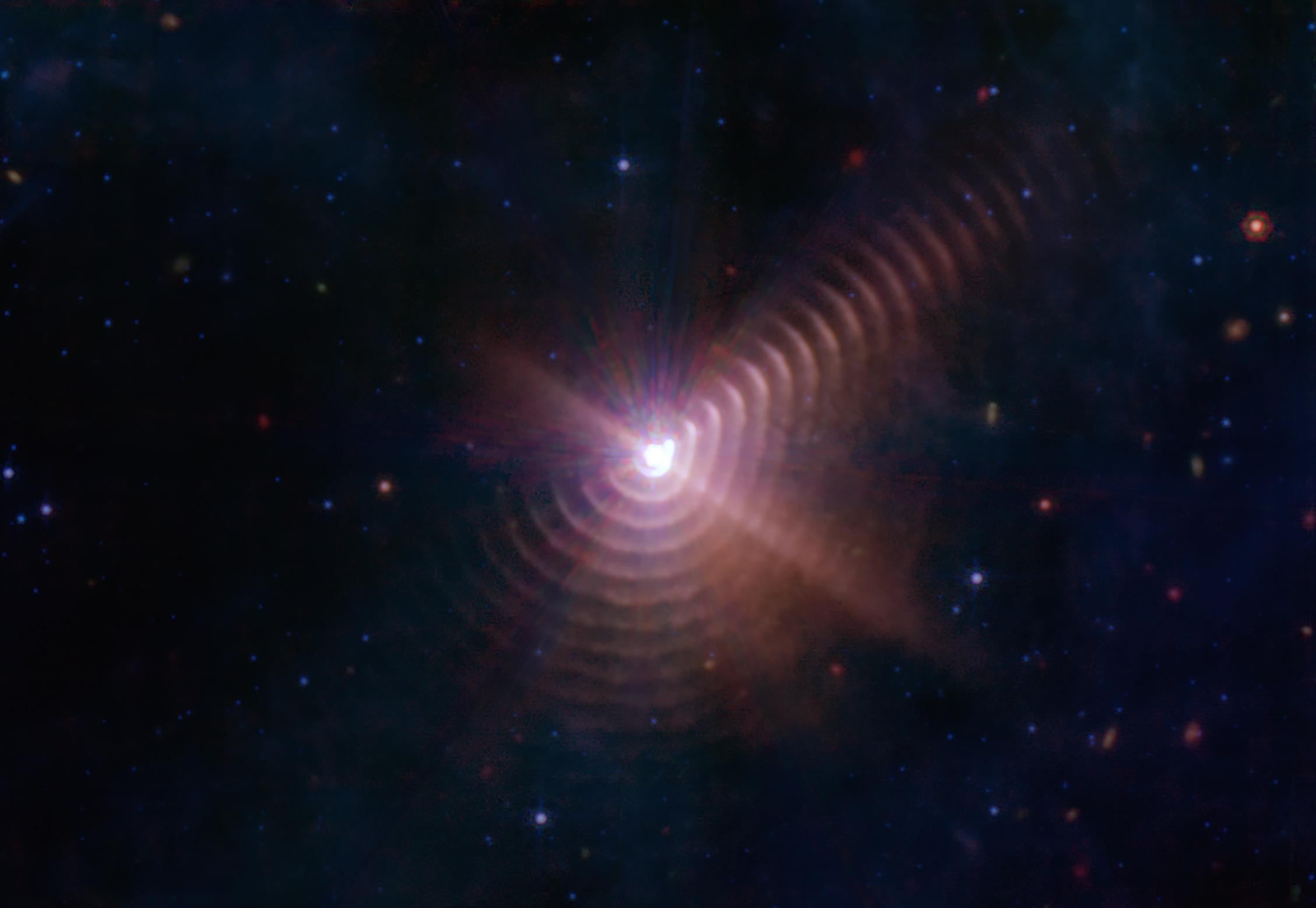Quantum entanglement and topology, two seemingly distinct concepts in the realm of physics, have recently been discovered to be fundamentally interlinked. This groundbreaking research, conducted by an international team of scientists from the University of the Witwatersrand and Huzhou University, has opened up new vistas in the understanding and application of quantum mechanics.
Quantum Entanglement: A Spooky Phenomenon
Quantum entanglement, often dubbed as “spooky action at a distance,” is a mysterious process where two or more particles become interconnected. No matter the distance separating them, the state of one particle instantaneously influences the state of the other. This phenomenon, as bizarre as it sounds, has been experimentally validated, and forms the cornerstone of quantum mechanics.
“We managed to create an experimental setup where two photons became entangled, and by manipulating their shared wave-function, we could make their structural properties apparent only when considered together,” explains Pedro Ornelas, the chief author of the study.

The Role of Topology
Topology, on the other hand, deals with the properties of space that remain unchanged under continuous transformations. An easy way to understand this is by imagining a coffee mug transforming into a doughnut. Though their shapes differ, both objects share a common feature—a single hole—which remains constant during the transformation. Thus, they are said to be topologically equivalent.
“The entanglement between our photons could be manipulated, like clay in a potter’s hands. Yet, some characteristics were retained during this process, just like the hole in a doughnut,” elucidates Professor Andrew Forbes, the leader of the research team.
Skyrmion Topology: A New Perspective
The researchers delved into a specific type of topology, known as Skyrmion topology, which was initially explored in the 1980s. In this context, topology is considered a global property of the fields, akin to a fabric’s texture that remains constant irrespective of how it’s manipulated.
“Our work presents a paradigm shift: the topology, traditionally considered to exist in a single, local configuration, is now shared between spatially separated entities,” says Ornelas.
Potential Applications and Future Directions
Skyrmions have been implemented in modern magnetic materials, liquid crystals, and even in optical analogs using laser beams. Due to their stability and resistance to noise, they’ve contributed significantly to the development of high-density data storage devices.
“We aim to achieve a similar transformative impact with our quantum-entangled skyrmions,” asserts Forbes.
The researchers also intend to use topology as a framework to classify or distinguish entangled states. According to Dr. Isaac Nape, a co-investigator, this novel perspective could serve as a labeling system for entangled states, akin to an alphabet.
“Just as spheres, doughnuts, and handcuffs are differentiated by the number of holes they contain, our quantum skyrmions can be distinguished by their topological aspects in the same way,” says Nape.
This research is instrumental in the development of new quantum communication protocols that use topology as an alphabet for quantum information processing across entanglement-based channels.
Conclusion
The discovery that topology remains intact even as entanglement decays presents a potentially new encoding mechanism that utilizes entanglement. This could be particularly useful in scenarios where traditional encoding protocols would fail due to minimal entanglement.
“Our research will focus on defining new protocols and expanding the landscape of topological nonlocal quantum states,” concludes Forbes.
As we continue to delve into the workings of our universe, it’s clear that the intersection of quantum entanglement and topology will play a significant role in shaping our understanding and applications of quantum physics.





